Mercedes EQS vs Renault Captur – Differences & prices compared
Compare performance, boot space, consumption and price in one view.
Find out now: which car is the better choice for you – Mercedes EQS or Renault Captur?
The Mercedes EQS (Hatchback) comes with a Electric engine and Automatic transmission. In comparison, the Renault Captur (SUV) features a Petrol MHEV, LPG, Petrol or Full Hybrid engine with Manuel or Automatic transmission.
When it comes to boot capacity, the Mercedes EQS offers 610 L, while the Renault Captur provides 422 L – depending on how much space you need. If you’re looking for more power, decide whether the 544 HP of the Mercedes EQS or the 158 HP of the Renault Captur suits your needs better.
In terms of consumption, the values are 16.50 kWh per 100 km for the Mercedes EQS, and 4.50 L for the Renault Captur.
Price-wise, the Mercedes EQS starts at 93900 £, while the Renault Captur is available from 20100 £. Compare all the details and find out which model fits your lifestyle best!
Mercedes EQS
The Mercedes-Benz EQS redefines luxury in the realm of electric vehicles, combining exceptional comfort with cutting-edge technology. Its sleek and aerodynamic design is a testament to both elegance and efficiency, setting new standards for the brand. Inside, the EQS offers a serene and spacious cabin equipped with the latest advancements, ensuring a refined driving experience.
details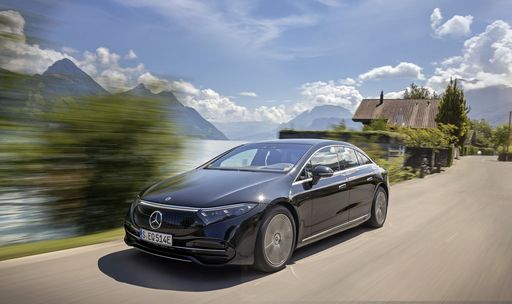 @ group-media.mercedes-benz.com
@ group-media.mercedes-benz.com
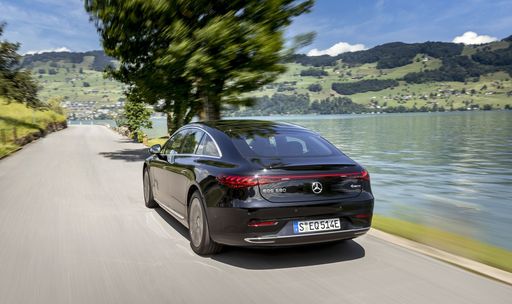 @ group-media.mercedes-benz.com
@ group-media.mercedes-benz.com
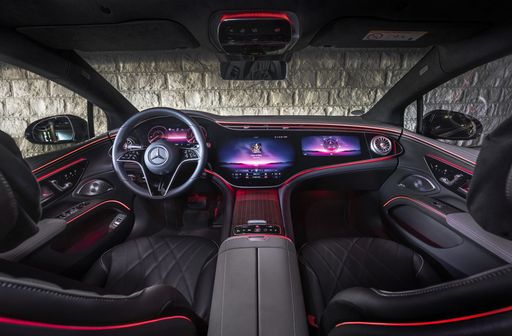 @ group-media.mercedes-benz.com
@ group-media.mercedes-benz.com
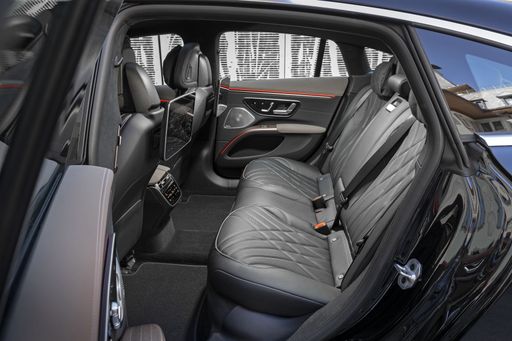 @ group-media.mercedes-benz.com
@ group-media.mercedes-benz.com
 @ group-media.mercedes-benz.com
@ group-media.mercedes-benz.com
Renault Captur
The Renault Captur is a compact SUV that combines stylish design with practical functionality, making it a popular choice for urban drivers. Its interior offers a versatile and comfortable space, featuring high-quality materials and modern technology. On the road, the Captur delivers a smooth and efficient driving experience, perfect for both city commutes and weekend adventures.
details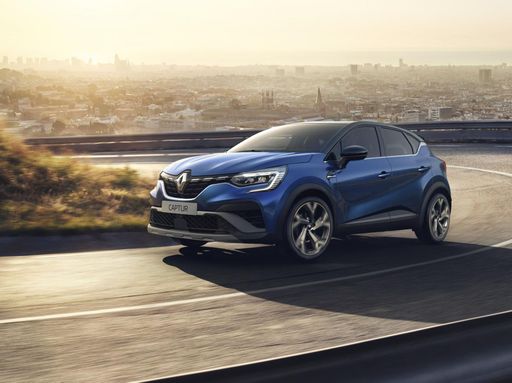 @ renault-presse.de
@ renault-presse.de
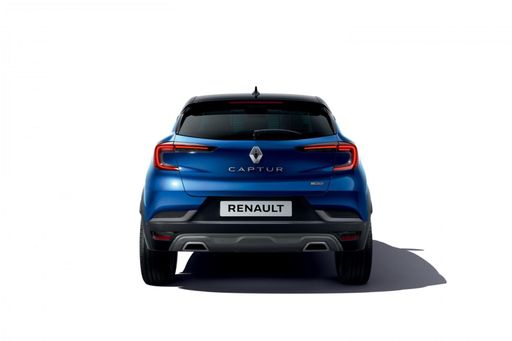 @ renault-presse.de
@ renault-presse.de
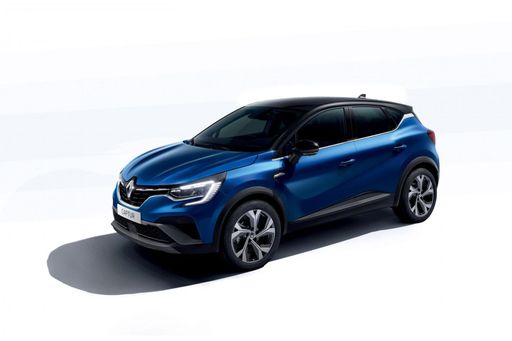 @ renault-presse.de
@ renault-presse.de
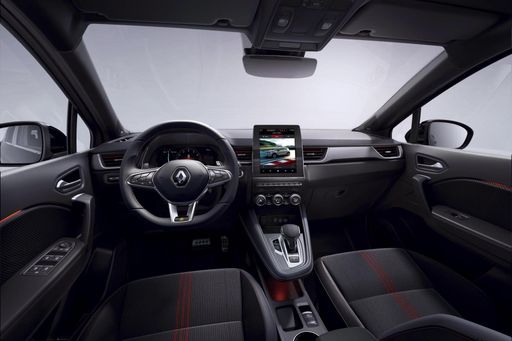 @ renault-presse.de
@ renault-presse.de

|

|
|
|
|
Costs and Consumption |
|
|---|---|
|
Price
93900 - 123500 £
|
Price
20100 - 28300 £
|
|
Consumption L/100km
-
|
Consumption L/100km
4.5 - 7.8 L
|
|
Consumption kWh/100km
16.5 - 17.2 kWh
|
Consumption kWh/100km
-
|
|
Electric Range
790 - 816 km
|
Electric Range
-
|
|
Battery Capacity
118 kWh
|
Battery Capacity
-
|
|
co2
0 g/km
|
co2
102 - 139 g/km
|
|
Fuel tank capacity
-
|
Fuel tank capacity
40 - 48 L
|
Dimensions and Body |
|
|---|---|
|
Body Type
Hatchback
|
Body Type
SUV
|
|
Seats
5
|
Seats
5
|
|
Doors
5
|
Doors
5
|
|
Curb weight
2545 - 2655 kg
|
Curb weight
1293 - 1514 kg
|
|
Trunk capacity
610 L
|
Trunk capacity
326 - 422 L
|
|
Length
5223 mm
|
Length
4239 mm
|
|
Width
1926 mm
|
Width
1797 mm
|
|
Height
1512 mm
|
Height
1575 mm
|
|
Payload
550 - 565 kg
|
Payload
376 - 457 kg
|
Engine and Performance |
|
|---|---|
|
Engine Type
Electric
|
Engine Type
Petrol MHEV, LPG, Petrol, Full Hybrid
|
|
Transmission
Automatic
|
Transmission
Manuel, Automatic
|
|
Transmission Detail
-
|
Transmission Detail
Manual Gearbox, Dual-Clutch Automatic, Automatic Gearbox
|
|
Drive Type
All-Wheel Drive, Rear-Wheel Drive
|
Drive Type
Front-Wheel Drive
|
|
Power HP
360 - 544 HP
|
Power HP
91 - 158 HP
|
|
Acceleration 0-100km/h
4.4 - 6.2 s
|
Acceleration 0-100km/h
8.5 - 14.3 s
|
|
Max Speed
210 km/h
|
Max Speed
168 - 180 km/h
|
|
Torque
568 - 858 Nm
|
Torque
160 - 270 Nm
|
|
Number of Cylinders
-
|
Number of Cylinders
3 - 4
|
|
Power kW
265 - 400 kW
|
Power kW
67 - 116 kW
|
|
Engine capacity
-
|
Engine capacity
999 - 1789 cm3
|
General |
|
|---|---|
|
Model Year
2024
|
Model Year
2024 - 2025
|
|
CO2 Efficiency Class
A
|
CO2 Efficiency Class
D, C
|
|
Brand
Mercedes-Benz
|
Brand
Renault
|
Mercedes EQS
Revolutionising Electric Mobility: The Mercedes-Benz EQS
The automobile industry is undergoing a remarkable transformation, and at the forefront of this evolution is the Mercedes-Benz EQS. As a flagship model of the German marque's electric lineup, the EQS represents the pinnacle of luxury and innovation in the sphere of electric vehicles (EVs). With its sleek silhouette, unparalleled technology, and sustainable power, the EQS promises to set new standards for luxury electric driving.
Elegant Design Meets Intelligent Engineering
The Mercedes-Benz EQS is designed with an aesthetic that reflects both futuristic vision and traditional elegance. Its elongated body, measuring 5,223 mm in length, conveys a powerful presence on the road while ensuring optimal aerodynamics. The front fascia, with its innovative LED lighting design, provides a distinctive visual signature whether the car is in motion or stationary.
Additionally, the EQS features a spacious boot with a capacity of 610 litres, ensuring practicality is not sacrificed for style. Attention to detail is evident everywhere, from the 1,926 mm wide stance that provides stability and poise to the exquisite interior craftsmanship that creates an atmosphere of refined luxury.
A Masterclass in Performance and Efficiency
Underneath its elegant exterior, the Mercedes-Benz EQS houses some of the most advanced technological innovations. It boasts an electric powertrain with a range of power outputs from 360 PS to an impressive 761 PS, thanks to its sophisticated dual-motor setup. With a maximum speed ranging between 210 and 250 km/h, the EQS ensures that electric mobility does not compromise on performance.
Efficiency is also a key player with the EQS. The model achieves an impressive energy consumption rate starting from 16.5 kWh per 100 km, empowering drivers with an electric range extending up to 816 km on a single charge. This is made possible by the vehicle’s substantial 118 kWh battery capacity, paired with advanced energy recuperation systems.
Setting New Standards for Technological Innovation
The EQS is not just about what's under the bonnet; it’s also about the cutting-edge technology that enhances every driving experience. The revolutionary MBUX Hyperscreen is a standout feature, extending across the dashboard with a seamless blend of screens, providing unparalleled interactive experiences and information at the driver's fingertips.
Safety and driver assistance are paramount, with features such as the latest generation of driving aids, ensuring both safety and convenience. The EQS is equipped with numerous sensors and AI-driven systems that effortlessly adapt to road conditions and driver behaviour, providing support and confidence in every journey.
Environmental Commitment and Cost Efficiency
With zero CO2 emissions on the road, the EQS is emblematic of Mercedes-Benz’s commitment to sustainable and environmentally friendly mobility. Furthermore, the cost-effectiveness of operating an EQS is another attractive feature, with ownership costs ranging from €2,117 to €2,827 per month, depending on the driving style and specific configuration. The EQS is not only setting a benchmark in luxury and innovation but also paving the way for a greener future.
Conclusion: The Future is Electric
The Mercedes-Benz EQS stands as a testament to the future of the automotive industry. It combines sustainability with luxurious comfort, cutting-edge technology with outstanding performance. For those seeking to make a statement and lead the charge towards an electrified motoring future, the EQS offers an unparalleled experience that is as innovative as it is inspiring.
Renault Captur
The Renault Captur: A Modern Fusion of Style and Efficiency
The Renault Captur has carved a unique niche for itself in the compact SUV segment, combining eye-catching design with advanced technology. As we delve into its technical specifications and innovative features, it's clear why this model continues to captivate automotive enthusiasts and everyday drivers alike.
Under the Bonnet: Power and Performance
The Renault Captur offers a diverse range of powertrains, catering to different driving preferences and needs. Whether you opt for a full hybrid or a mild-hybrid petrol engine, the Captur provides an impressive blend of power and efficiency. The power output ranges from 91 to 158 PS, ensuring a versatile drive whether you're navigating urban streets or hitting the open road.
With a fuel consumption range of 4.7 to 7.8 L/100km, Renault has engineered the Captur with an environmental focus, presenting one of the more economical offerings in its class. The CO2 emissions range from 106 to 139 g/km, adhering to modern demands for reduced environmental impact without compromising on performance.
Technological Innovation: E-Tech Hybrid System
An exciting feature of the Captur is its E-Tech hybrid system, a testament to Renault's commitment to innovation. This system intelligently combines a petrol engine with an electric motor to optimise energy usage, offering both power and efficiency seamlessly. This technology is particularly beneficial in urban settings where frequent stopping and starting can traditionally increase fuel consumption and emissions.
Driving Dynamics and Comfort
The Renault Captur is built with front-wheel drive and offers both manual and automatic transmission options, including cutting-edge dual-clutch systems for smooth gear changes. Offering a maximum torque of 160 to 270 Nm ensures a responsive drive across various terrains. Coupled with its agile handling and a maximum speed range of 168 to 180 km/h, the Captur is as adept on a motorway as it is in city environments.
Comfort has not been overlooked; with five seats and spacious dimensions of 4239 mm in length, 1797 mm in width, and 1575 mm in height, the Captur provides ample space for passengers and luggage alike. The boot space ranges from 326 to 422 litres, accommodating anything from daily grocery shopping to holiday luggage with ease.
Manufacturing Excellence: Safety and Quality Features
Safety and quality are core components of the Captur's design. It features advanced safety technologies and driver-assistance systems, ensuring peace of mind on every journey. The model's CO2 efficiency classes range between C and D, aligning with current environmental standards while still prioritising driver and passenger safety.
Conclusion: A Compelling Choice in Its Class
With a price range between €22,950 to €32,750, the Renault Captur represents a compelling balance of affordability and feature-rich ownership. For those seeking a vehicle that harmonises cutting-edge technology, ecological mindfulness, and dynamic driving experiences, the Captur stands out as a particularly attractive choice in the competitive SUV market.
In summary, the Renault Captur's combination of modern styling, advanced hybrid technology, and practical features places it firmly as a leading contender for anyone considering a contemporary SUV purchase.
The prices and data displayed are estimates based on German list prices and may vary by country. This information is not legally binding.
